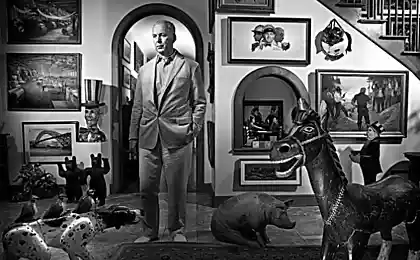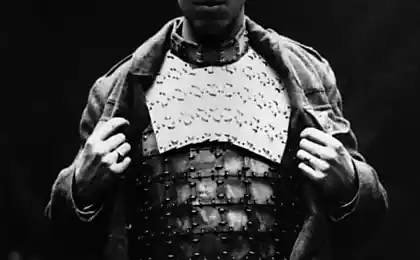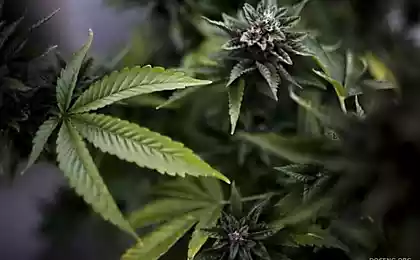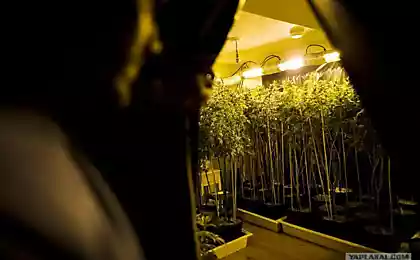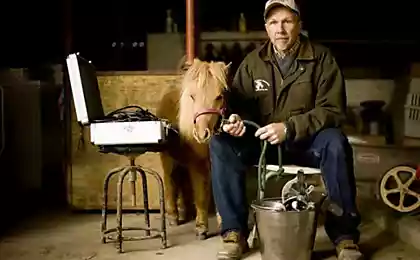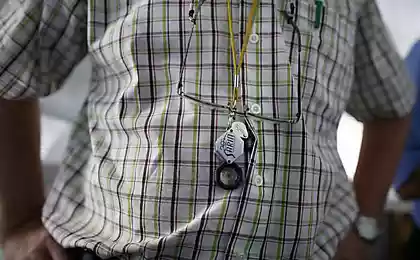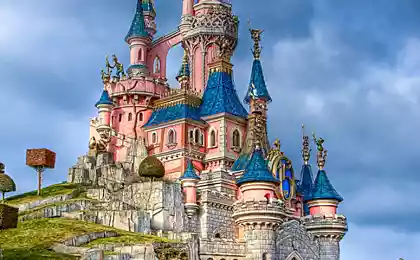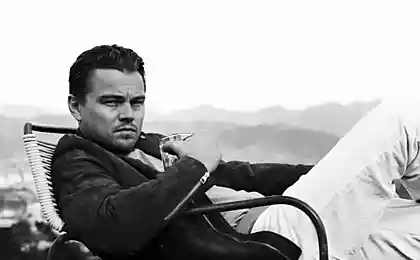2260
20 archival photographs Wall Street comes from the XX century
Leaflet Customer`s Afternoon Letter primarily is a summary table of tradable shares to their current price and the price per day. Such information is in New York at the time did not exist. Of course, the brokerage firm for internal use such tables were compiled, but Customer`s Afternoon Letter for the first time offered to everyone, besides a daily basis. In addition to the table in the newspaper published company reports. At the end of the XIX century it was, without exaggeration, insider information. Companies were afraid to show results and their actual cost, for fear of a hostile takeover. And legislation requiring them to disclose this information, did not yet exist. Only in 1934, according to the law on securities companies are required to regularly publish their quarterly and annual reporting. Prior to that, almost 50 years Customer`s Afternoon Letter (later in 1889 became The Wall Street Journal) remained the only source of such information.
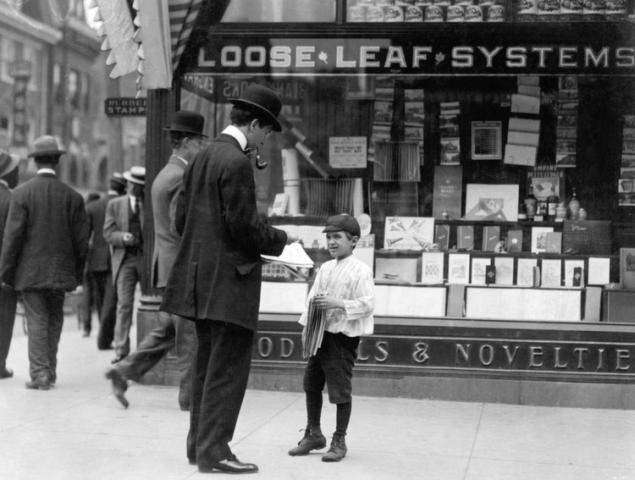
Inside the building, the New York Stock Exchange (NYSE) in the early 20th century.
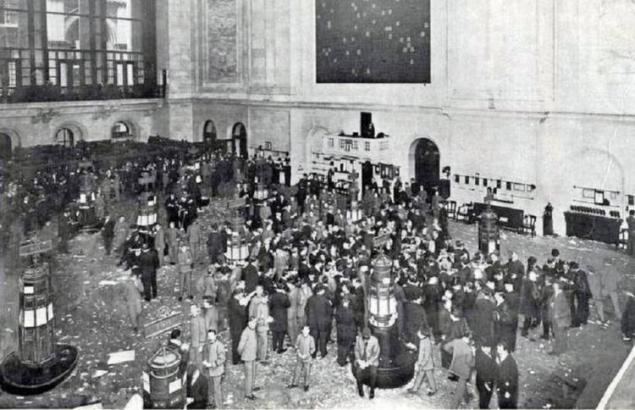
The building of the Wall Street 23, built in 1914 and known as the "House of Morgan" for many years was the most important address in American finance. Over the past hundred years the famous "Angle" has changed little.
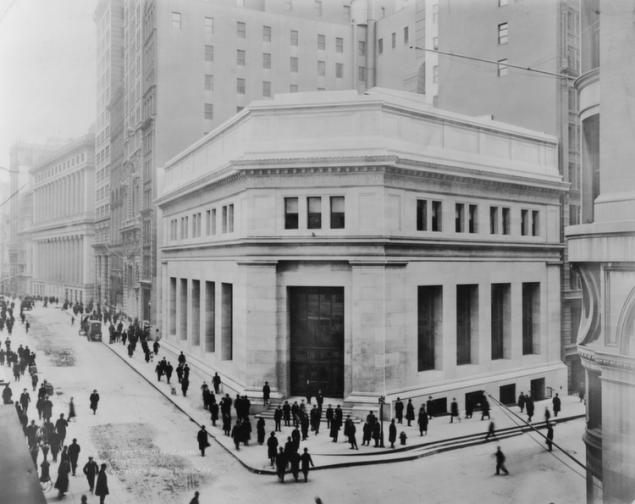
At noon, September 16, 1920 at the entrance to the building, a bomb exploded, killing 38 and injuring 400 people. Shortly before the explosion in the mailbox on the corner of Broadway and Cedar Street was planted a warning letter, which read: "Remember, we will no longer tolerate each other. Release political prisoners or be sure - you will die. American fighters for anarchism. »

Traces of the terrorist attack in 1920 are still visible on the walls of the building JP Morgan.
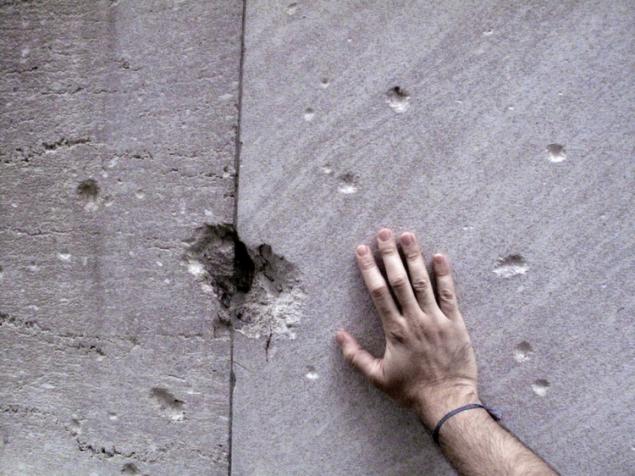
The FBI has not found the perpetrators. But for some time it was thought that responsibility for the attack is a group of Italian anarchists who call themselves "galleanistami».
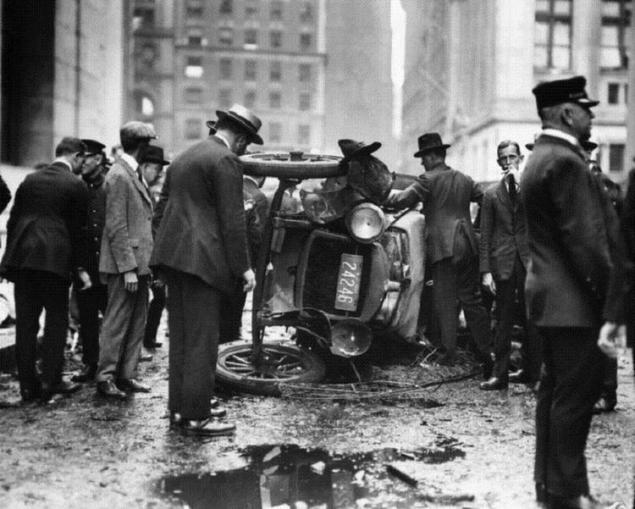
Hall of trading on the New York Stock Exchange before the advent of computers and electronic scoreboards.
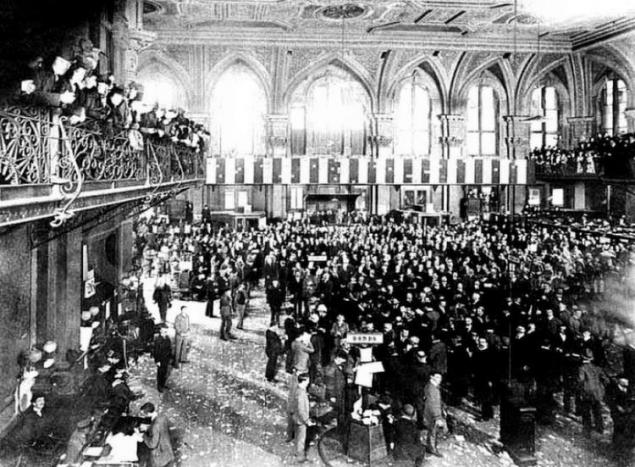
Auction hall, so to speak, "in Rapid».
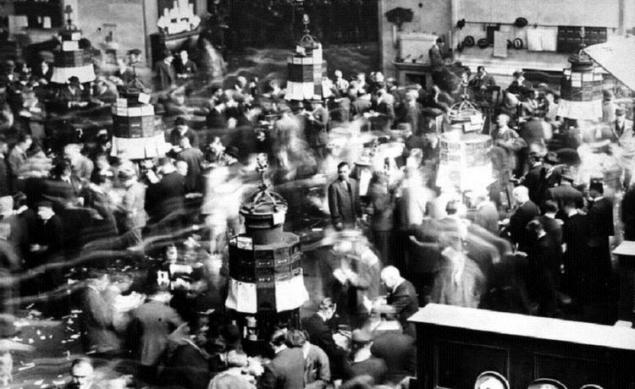
Wall Street has always been a popular destination for mass gatherings.

Favorite marketing ploy of those times was invited to address a variety of artists. In the photo of Charlie Chaplin, balancing on the shoulders of the silent film star Douglas Fairbanks.
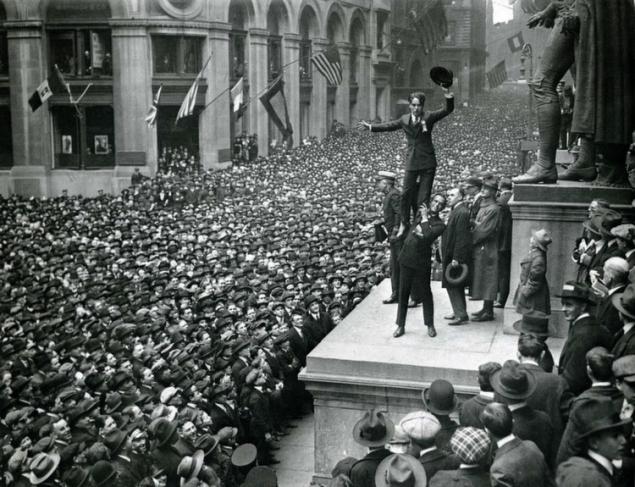
Odious political activist Abbie Hoffman, who organized the riots on Wall Street in the '60s of the last century. During the Vietnam War in their actions Hoffman used the techniques and frankly comic theater - so during one of his speeches, he threatened to seriously raise the Pentagon in the air force of his thoughts. Many also remembered his 'attack' on the NYSE - then Hoffman with his friends threw a bunch of phony brokers and real dollars.
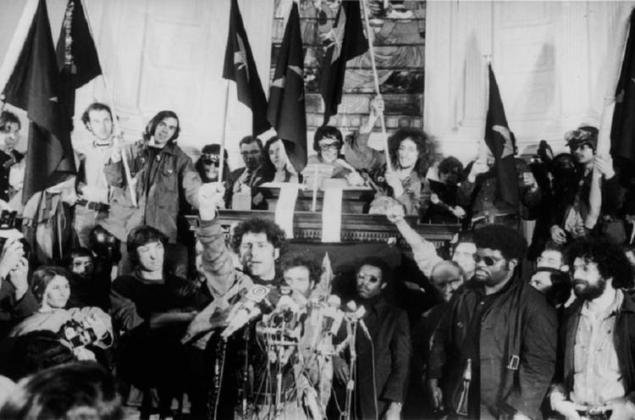
Bankers Trust - one of the oldest skyscrapers of New York at Wall Street, 14.

Irving Trust Company skyscraper built in 1929 at the corner of Wall Street and Broadway.
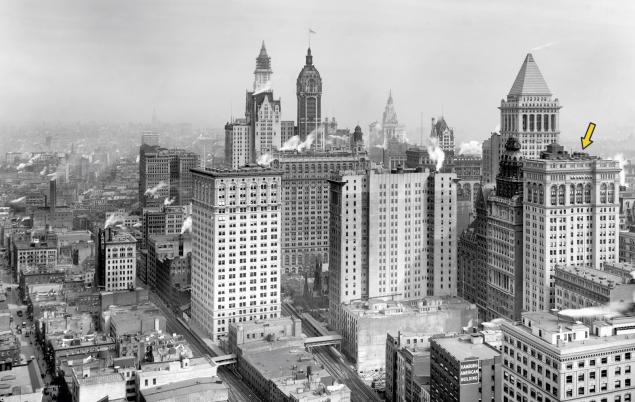
Trinity Church in New York City (Eng. Trinity Church) - Temple of the New York Diocese of the Episcopal Church of the United States, located in Lower Manhattan at the intersection of Broadway and Wall Street. The current church building was built in 1846. Photo dates from 1905
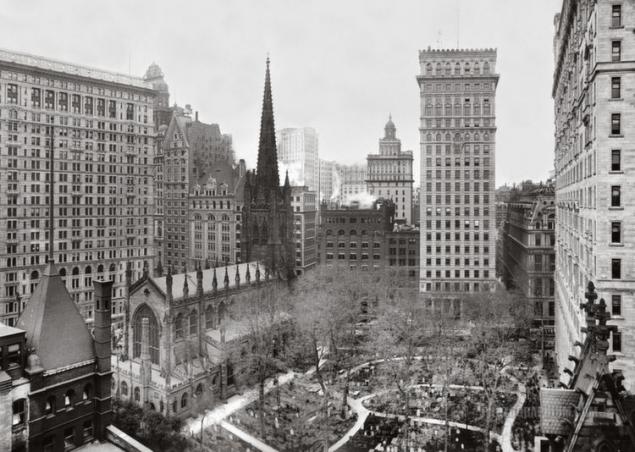
1929 brought the so-called "Black Thursday" - the financial collapse on the stock exchange and the ensuing Great Depression. In the period from 24 to 29 October, share prices in the stock market collapsed, causing panic among traders. Dow Jones has returned its value only in 1955. During the Great Depression of the area fell into a state of stagnation.

During the Great Depression.
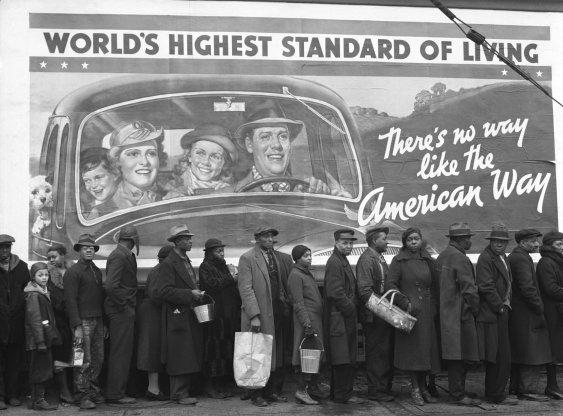
Because of the protests of the population and workers area was virtually blocked from public traffic.
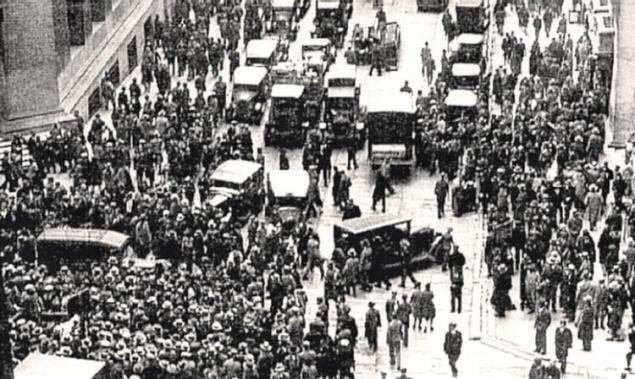
Statue of George Washington right in front of the New York Stock Exchange.

Timeless timeless facade NYSE.
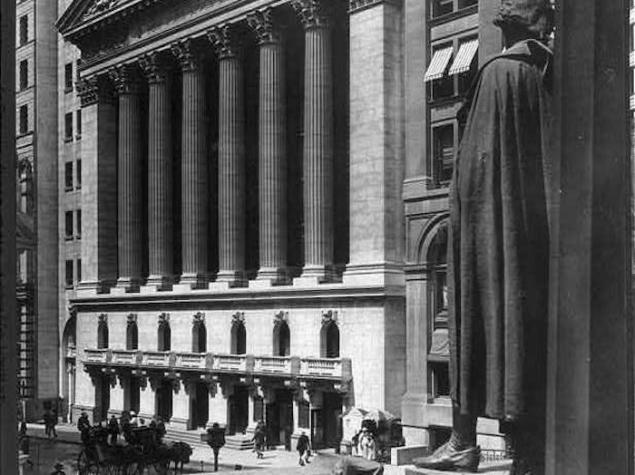
Classic frame with Wall Street since the Great Depression.


Inside the building, the New York Stock Exchange (NYSE) in the early 20th century.

The building of the Wall Street 23, built in 1914 and known as the "House of Morgan" for many years was the most important address in American finance. Over the past hundred years the famous "Angle" has changed little.

At noon, September 16, 1920 at the entrance to the building, a bomb exploded, killing 38 and injuring 400 people. Shortly before the explosion in the mailbox on the corner of Broadway and Cedar Street was planted a warning letter, which read: "Remember, we will no longer tolerate each other. Release political prisoners or be sure - you will die. American fighters for anarchism. »

Traces of the terrorist attack in 1920 are still visible on the walls of the building JP Morgan.

The FBI has not found the perpetrators. But for some time it was thought that responsibility for the attack is a group of Italian anarchists who call themselves "galleanistami».

Hall of trading on the New York Stock Exchange before the advent of computers and electronic scoreboards.

Auction hall, so to speak, "in Rapid».

Wall Street has always been a popular destination for mass gatherings.

Favorite marketing ploy of those times was invited to address a variety of artists. In the photo of Charlie Chaplin, balancing on the shoulders of the silent film star Douglas Fairbanks.

Odious political activist Abbie Hoffman, who organized the riots on Wall Street in the '60s of the last century. During the Vietnam War in their actions Hoffman used the techniques and frankly comic theater - so during one of his speeches, he threatened to seriously raise the Pentagon in the air force of his thoughts. Many also remembered his 'attack' on the NYSE - then Hoffman with his friends threw a bunch of phony brokers and real dollars.

Bankers Trust - one of the oldest skyscrapers of New York at Wall Street, 14.

Irving Trust Company skyscraper built in 1929 at the corner of Wall Street and Broadway.

Trinity Church in New York City (Eng. Trinity Church) - Temple of the New York Diocese of the Episcopal Church of the United States, located in Lower Manhattan at the intersection of Broadway and Wall Street. The current church building was built in 1846. Photo dates from 1905

1929 brought the so-called "Black Thursday" - the financial collapse on the stock exchange and the ensuing Great Depression. In the period from 24 to 29 October, share prices in the stock market collapsed, causing panic among traders. Dow Jones has returned its value only in 1955. During the Great Depression of the area fell into a state of stagnation.

During the Great Depression.

Because of the protests of the population and workers area was virtually blocked from public traffic.

Statue of George Washington right in front of the New York Stock Exchange.

Timeless timeless facade NYSE.

Classic frame with Wall Street since the Great Depression.

